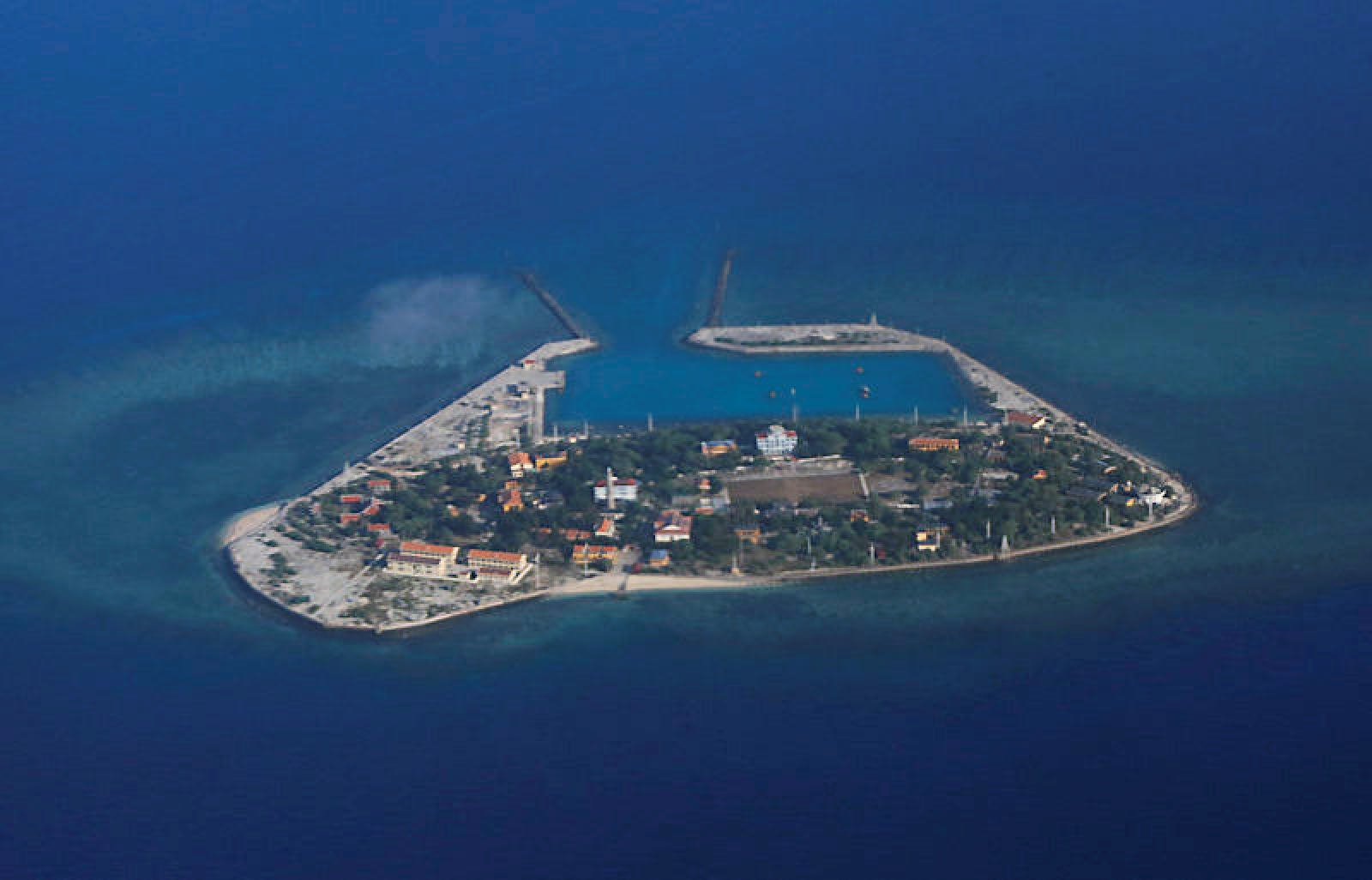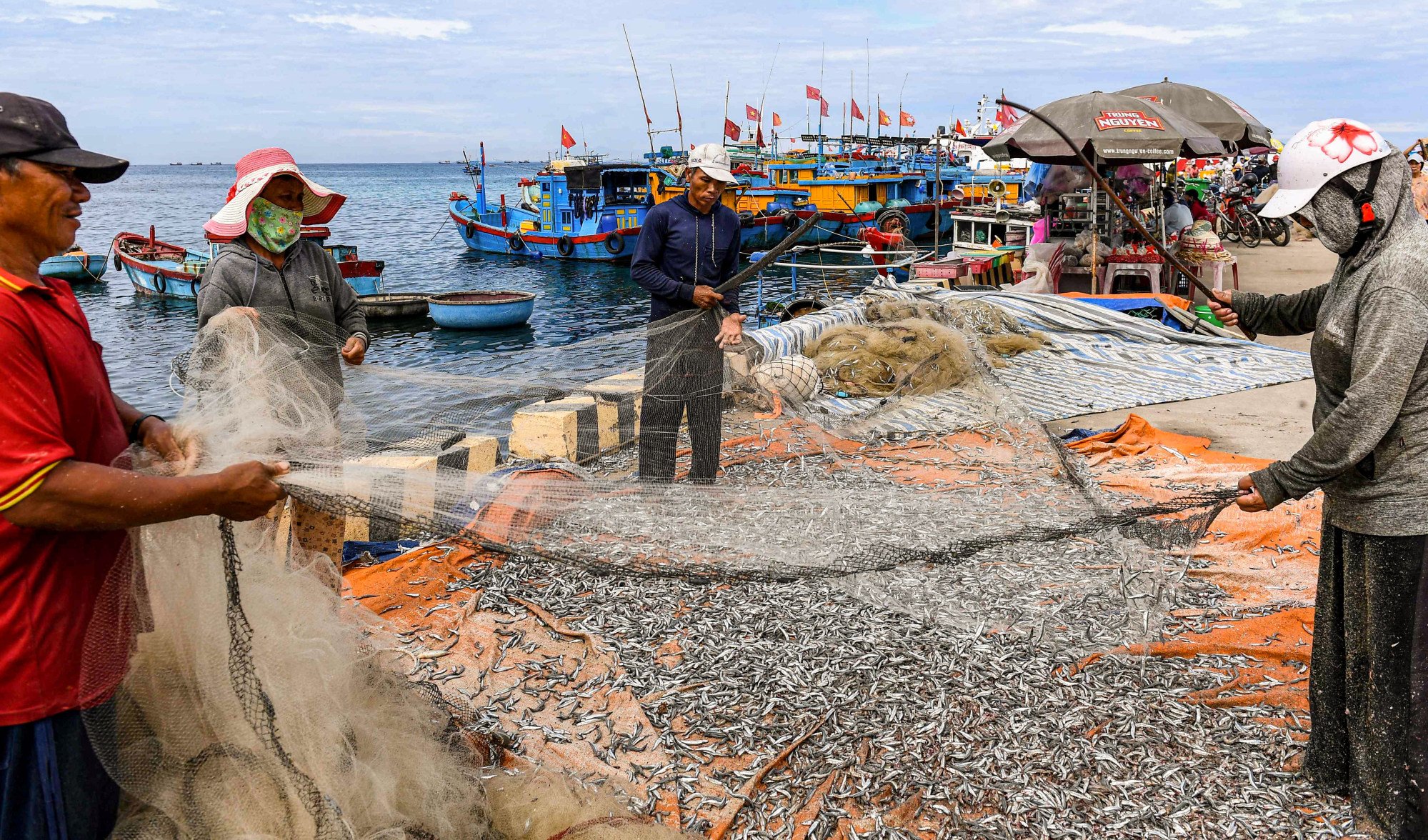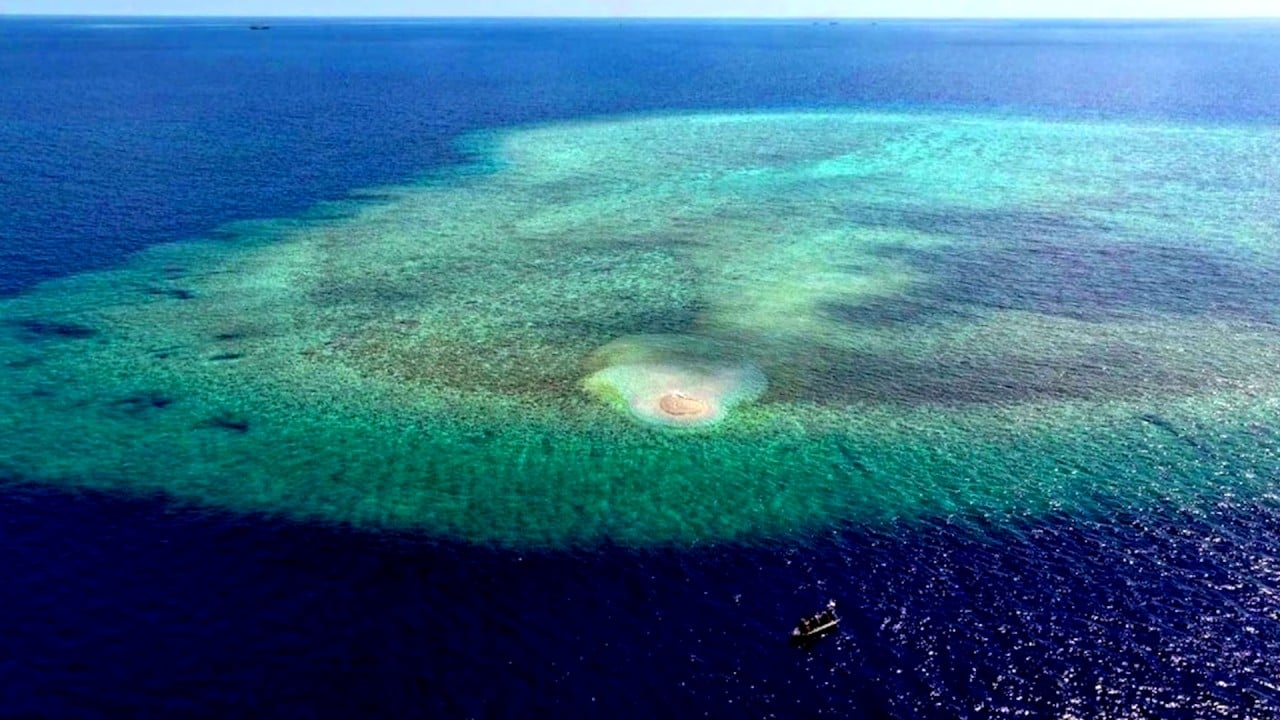But Vietnam has embarked on major dredging and landfill works in recent years and expanded the reclaimed area several times compared with the original 0.7 sq km (173 acres) of land, according to the report.
“Vietnam has carried out large-scale land expansion on several islands and reefs, adding 3 sq km of new land, far exceeding the total construction scale over the previous 40 years,” said Liu Xiaobo, the report’s author and director of Beijing-based Grandview’s Centre for Marine Studies.

“Beijing might also want to shift the blame to Southeast Asian claimants, including Vietnam and the Philippines, portraying them as the troublemakers.
“It aims to drive a wedge among Southeast Asian claimants, consequently diverting focus from its aggression in the South China Sea,” he said, adding that Beijing also hoped to weaken Vietnam’s position and alienate it from other claimants.
“In doing so, it aims to gain the upper hand in negotiating with Hanoi bilaterally,” Giang added.
Maritime tensions have been rising in the South China Sea in recent months between China and the Philippines, with Manila accusing Beijing of using water cannon and blocking manoeuvres in the areas around disputed shoals and reefs.
In March, Beijing demarcated its territory in the northern part of the Gulf of Tonkin – known in China as Beibu Gulf – where China and Vietnam have unresolved maritime boundaries, claiming its action was following Chinese law. The move prompted Hanoi to urge Beijing to respect international law and bilateral agreements.
Vietnam’s land reclamation was “minimal” compared with similar actions by China, focusing on dredging and landfill instead of infrastructure construction, Giang said.
China had embarked on rapid and large-scale land reclamation works on seven features in the Spratlys since 2014, according to a report by Japan’s Ministry of Defense in March. When the works were mostly completed by late 2015, the reclaimed area was about 12.9 sq km, the report said.

Khang Vu, a doctoral candidate in the political science department at Boston College, said the report aimed to signal to Vietnam that China would not allow the recent upgrade in China-Vietnam relations to divert its attention away from their disputes in the South China Sea.
“China wants to lower the chance of Vietnam standing up to [Beijing] at sea while [it] continues its reclamation activities,” said Vu.
During Chinese President Xi Jinping’s two-day visit to Vietnam in December, Beijing and Hanoi agreed to raise ties to a new stage of “greater political mutual trust, more substantive security cooperation, [and] deeper practical cooperation”, according to a joint statement by both countries.
“Forcing the issue out into the open with an upgraded China-Vietnam relationship in the background can help China assert its sovereignty and limit Vietnam’s reactions,” Vu said.
Ray Powell, director of SeaLight, the Stanford University project focusing on what it calls “China’s maritime coercion strategy” in the South China Sea, said Vietnam was “forced to look on helplessly” during China’s more extensive island-building campaign in the waterways a decade ago, and later decided it could “narrow the gap” on Beijing.
While Vietnam’s reclamation projects would further exacerbate the militarisation of the South China Sea, it was China that “brought this malady upon the region”, Powell said.
It is the height of hypocrisy for China
“It is the height of hypocrisy for China – whose island-building campaign destroyed over three times more of the sea’s coral reefs than Vietnam’s – to now complain that its nearest rival is narrowing the gap.
“Beijing’s own actions precipitated a destabilising and destructive South China Sea artificial island race now we see it trying to slow the progress of its rival out of naked self-interest,” Powell added.
In 2022, then US Indo-Pacific commander Admiral John C Aquilino said China had fully militarised at least three of several islands it built in the South China Sea by building anti-ship and anti-aircraft missile systems, laser and jamming equipment and fighter jets.
The moves threatened all nations operating near the area and contrasted with Beijing’s past assurances that it would not transform the artificial islands in contested waters into military bases, Aquilino said.
However, Harrison Prétat, deputy director and fellow with the Asia Maritime Transparency Initiative at the Center for Strategic and International Studies in Washington DC, said while Grandview was based in the Chinese capital, its report should not be associated with Beijing’s position on the South China Sea row.
Grandview published a report on the same topic in 2021 and it made “some sense” to update it based on Vietnam’s dredging in the last few years, according to Prétat.
“If Beijing wanted to raise Vietnam’s dredging in a public way, I do not think an academic report of this nature would be the first or most effective choice,” Prétat said. Any reaction by Beijing to Vietnam’s dredging would be in the form of activities carried out by the Chinese coastguard and militia ships in the South China Sea, he added.
“As of yet, we haven’t seen any shift in their focus toward Vietnam’s outposts, instead, they have been more concentrated on contesting the Philippines at Second Thomas Shoal and Scarborough Shoal”, he said, referring to the shoals named by the Chinese as Renai Jiao and Huangyan Island, respectively.


